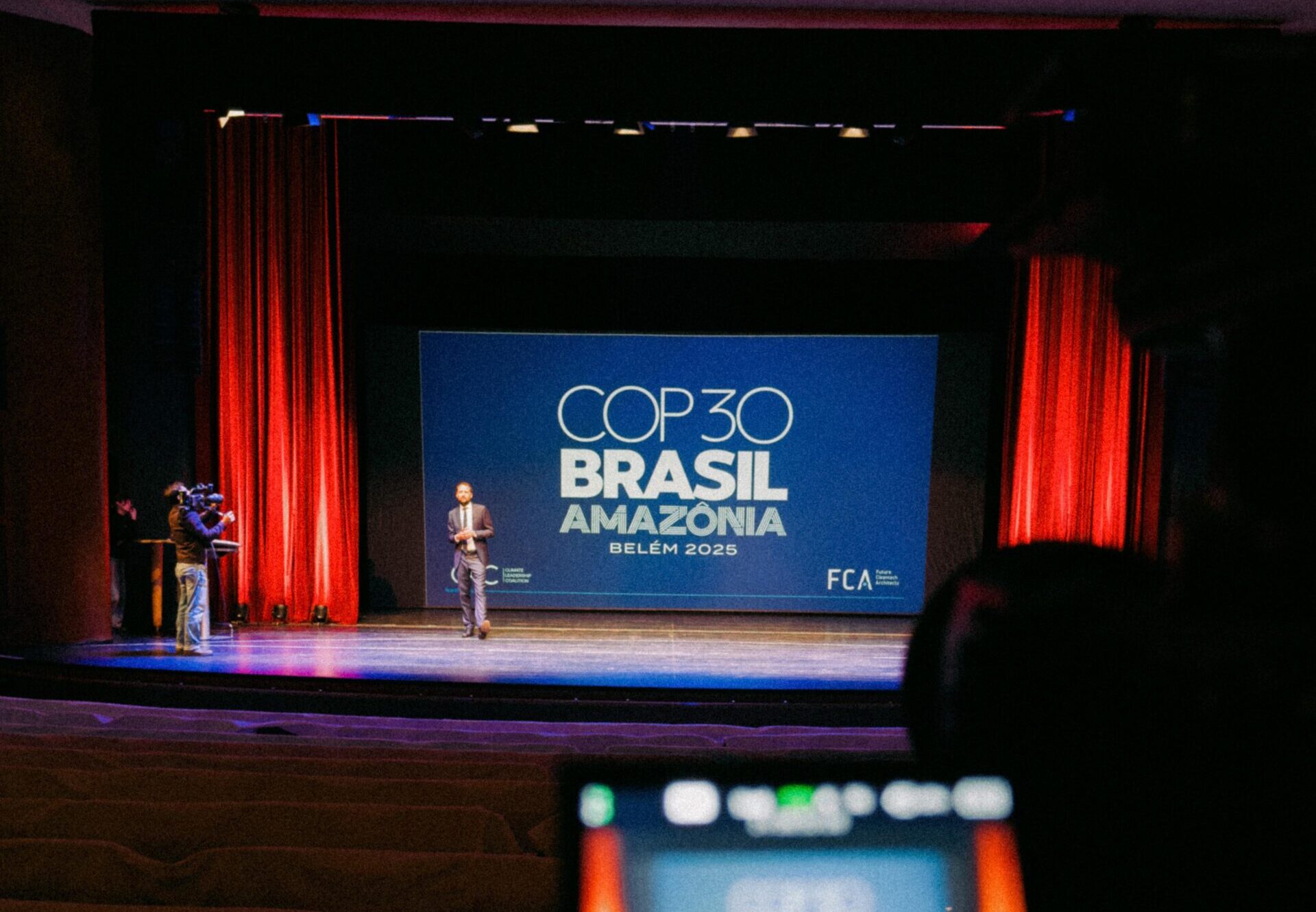Why is it important to include innovation and insurgent technologies for the steel sector? Which kind of challenges does the current low-carbon route, via hydrogen direct reduction, for producing iron bring?
We co-hosted together with our colleagues from the Climate Leadership Coalition an official side event about a near-zero emissions steel ecosystem. We provided our technical input along speakers Sari Multala (Ministry of the Environment of Finland) and Maria Netto (Institute for Climate and Society). This was followed by a panel discussion with Karim Elgendy (Carboun Institute), Juna Hwang (Solutions for Our Climate (SFOC)), Viviane Raddatz (WWF Germany), and Helen Ågren (Swedish Government Inquiry on Strengthening Sweden’s International Climate Action).
Our key takeaways include:
- There is an existing, mainstream low-carbon route, but it comes with a number of challenges.
- The next decade will be critical due to major re-investments in iron and steel production and potential lock-in effects.
- Green electricity demand will be massive for either of the pathways.
- Some regions will be better positioned to harvest this green electricity and produce green iron. Cross-country collaboration will be key.
- There are innovative insurgent technologies, such as electrolysis, that are worth pursuing and being supported.
Find below our complete technical input on the decarbonization pathways for steel production!

